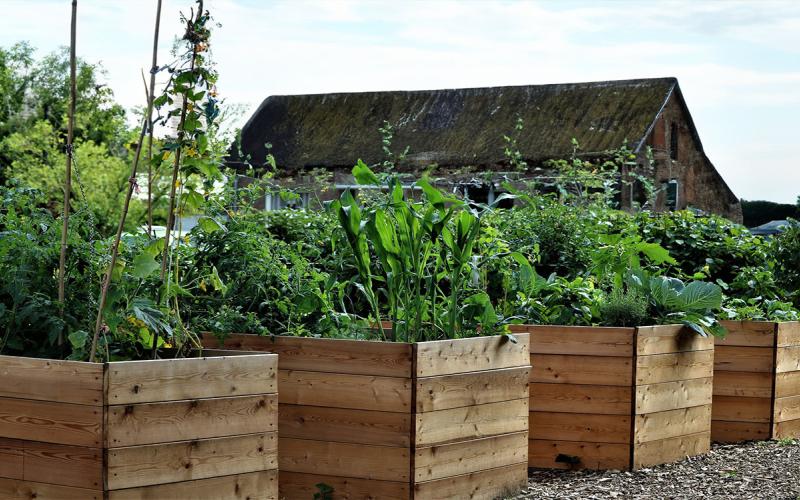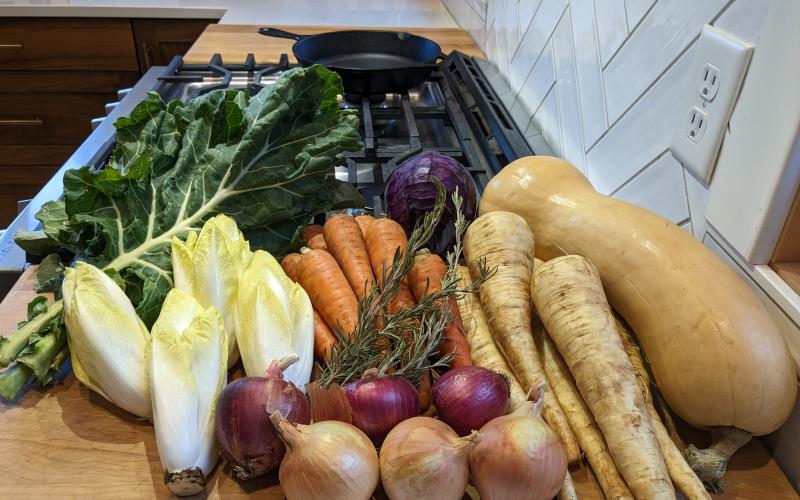This article was written collaboratively by Chris Zdorovtsov, former SDSU Extension Community Vitality Field Specialist; and Kari O'Neill, former SDSU Extension Community Vitality Program Manager.
Once the location of your community garden has been determined, it is suggested that you draft a lease agreement outlining the expectations and responsibilities of the community garden group and the landlord.
In the document, include a ‘hold harmless’ clause that states that the landlord is not responsible for injuries on the property. For example, you may wish to copy or revise an excerpt from the American Community Gardening Association, which declares, “The community garden agrees to indemnify and save harmless the property owner from all damages and claims arising out of any act, omission or neglect by the community garden, and from any and all action or causes of action arising from the community garden’s occupation or use of the property.”
Your lease agreement should contain a timeline. A minimum period of 3-years is preferable, especially if you will be allowing perennial crops in the space. Planning for a more permanent space from the onset involves less annual coordination and work than having to break ground for a new garden each year.
Additionally, include any other arrangements that have been made regarding the site, such as upkeep of the adjacent property, water usage policies, liability insurance arrangements and start-up and shut-down dates. It is also recommended to add a statement that the landlord agrees to notify the community garden group of any change in land ownership, development or use 60 days prior to the change.
For more information on community garden development please see the Garden & Yard page.
Reference:
- American Community Gardening Association. (no date). Starting a Community Garden.


